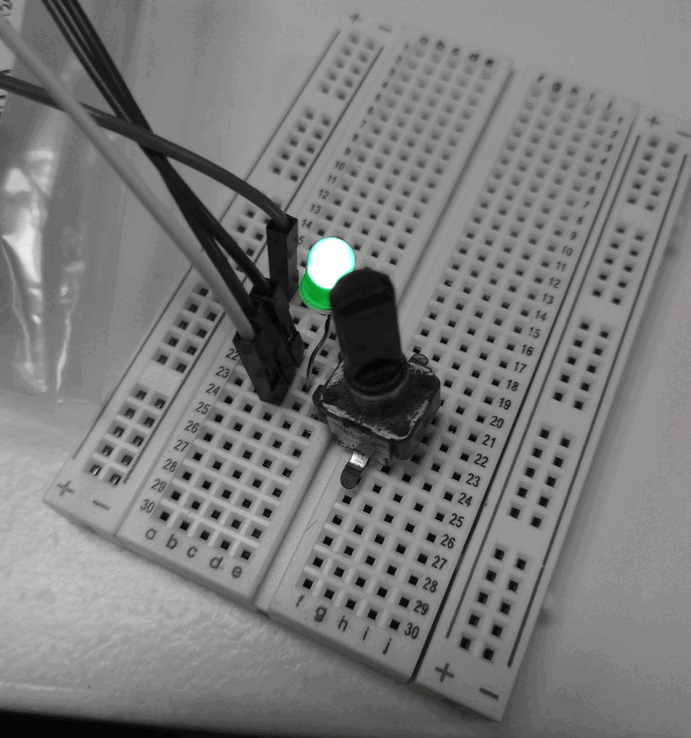✅ c13: inputs
These classes, while being far apart mainly tackled 2 correlated and interdependent components in electronics which are inputs and outputs.
In the outputs week, we mainly went over some main electronic principles, going over differences between intensity and voltage, the purpose of adding resistors, the general direction law in which electrons flow.
After that we went into some main output devices that we know of such as motors (different types), diodes, mosfets, steppers, etc…
As for the inputs week, which came 3 weeks after, we talked more about the history of microcontrollers and how they came to be and went over some major electronic devices that rely heavily on our input whether it’s pressing a button, motion, etc… In this class, we also went through Arduino as a software and how it’s open source nature made things more or less accessible by a wider range of people to practice electronics on a more individual DIY scale.
Having had a hard time making a PCB due to time constraints, I decided to implement the learning objectives of this task while referring to a previous microchallenge. For this reason, I would like to refer back to the 2nd microchallenge, done together with Kai and Ruben. In this case, the zoetrope, consisting of a turning disk animatied by a motor), a strobe light and the figurines create the whole component.

But since the synchronization of the strobe speed and spinning speed is a very meticulous process, we decided to make the light strobe a constant, and the motor speed to be controlled. Which is why we have added a potentiometer to the whole circuit, which helped us increase and decrease the spinning speed.
In this case, the potentiometer was the input which would translate the turning of the knob to the speed of the motor, one of the outputs in this case. The presence of this input-output system in this case helped us synchronize the speeds together and achieve the flow of the animation.